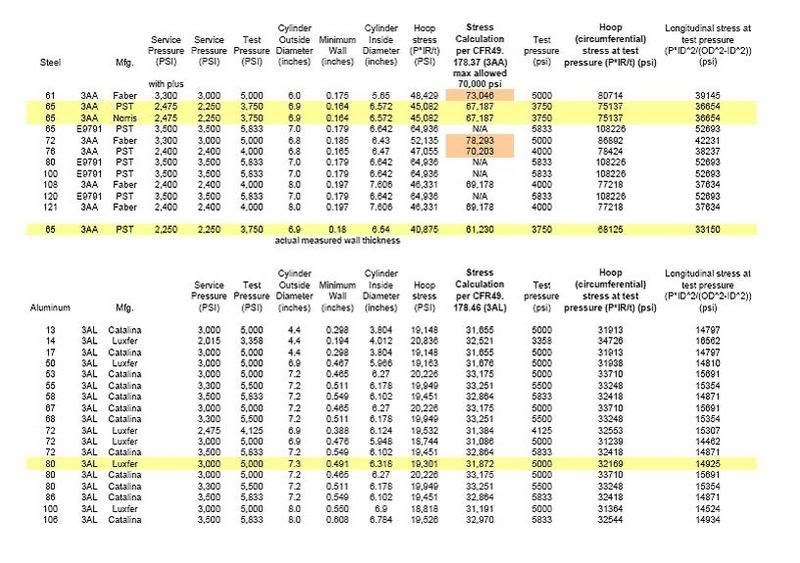charlesml3
Contributor
Gang,
I was watching the videos on YouTube for how a tank is made. There's one on aluminum tanks and another on steel.
I couldn't tell from the videos and it's just a curiosity for me.
Does anyone know how thick the walls of an aluminum and steel tank are?
Thanks!
-Charles
I was watching the videos on YouTube for how a tank is made. There's one on aluminum tanks and another on steel.
I couldn't tell from the videos and it's just a curiosity for me.
Does anyone know how thick the walls of an aluminum and steel tank are?
Thanks!
-Charles






